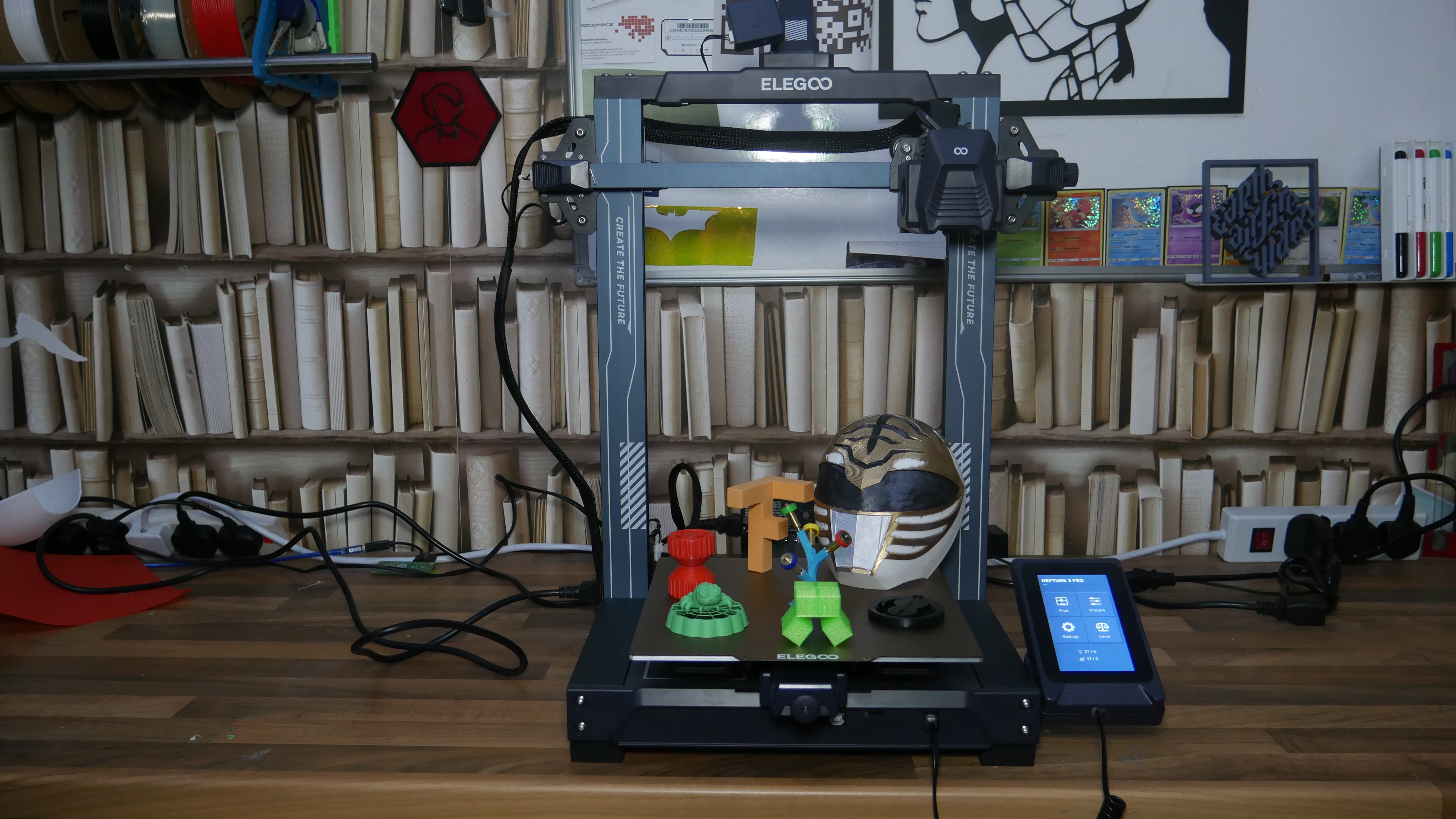Windows Central Verdict
The Neptune 3 Pro is one of the easiest recommendations to make in the 3D printing space. It has a reasonably large build volume, automatic bed leveling, a good direct drive extruder, and a part cooling solution, and it doesn't break the bank.
Pros
- +
The direct drive hotend is very capable
- +
Textured PEI sheet by default
- +
Easy-to-use touchscreen UI
- +
LED light bar is very useful
Cons
- -
Power supply fan always on
- -
Filament run-out sensor finicky to insert
- -
MicroSD card is annoying
- -
Touchscreen unit is very large
Why you can trust Windows Central
When Elegoo rebooted their FDM lineup with the Neptune 2 a few years back, it took the 3D Printing world by storm. For the unreal price of $169, you got so much for your money, and most importantly, you got a printer you actually wanted to use, which couldn't have really been said about the comparable printers at the time. The Neptune 3 was, to me, a bit of a dud. It brought auto bed leveling and a metal dual-gear extruder, but it upped the price and didn't move as quickly as other competitors.
The Neptune 3 Pro, on the other hand, brings with it an integrated LED light bar and moves that bowden extruder to an incredibly compact direct drive extruder with some of the best flexible performance on the market, being able to print 70A TPU with relative ease. While those two updates might not seem all that impressive, paired with the other two updates from the Neptune 3, this $230 printer is a formidable beast giving you practically everything you could want in your first 3D printer or even a small farm of them.
Neptune 3 Pro: Pricing and availability

The Neptune 3 Pro is currently only available from Elegoo themselves. It appears that Elegoo is going to try to make the Neptune 3 Pro available on Amazon, as there is a placeholder on their storefront. However, it is not fully populated.
The Neptune 3 Pro from Elegoo directly is currently available for $230, on sale from $300. However, a similar tactic was used for the Neptune 3, saying it was $300 but on sale for $209, and I've never seen it at $300, so for me, while the Neptune 3 Pro is technically a $300 printer, I'm considering it as a $230 printer.
| Specs | Elegoo Neptune 3 Pro |
|---|---|
| Print Volume | 225mm x 225mm x 280mm |
| Print Surface | Textured PEI on sprint steel sheet |
| Extruder | 3:1 geared dual drive |
| Hotend | Direct drive PTFE lined |
| Nozzle Diameter | 0.4mm |
| Interface | 4.3" colour touch screen, USB-B, MicroSD |
| Power Supply | 350w |
| Extras | Spare PTFE tube, 2x extra 0.4mm nozzles, inductive bed probe, filament run-out sensor |
Neptune 3 Pro: What you'll like
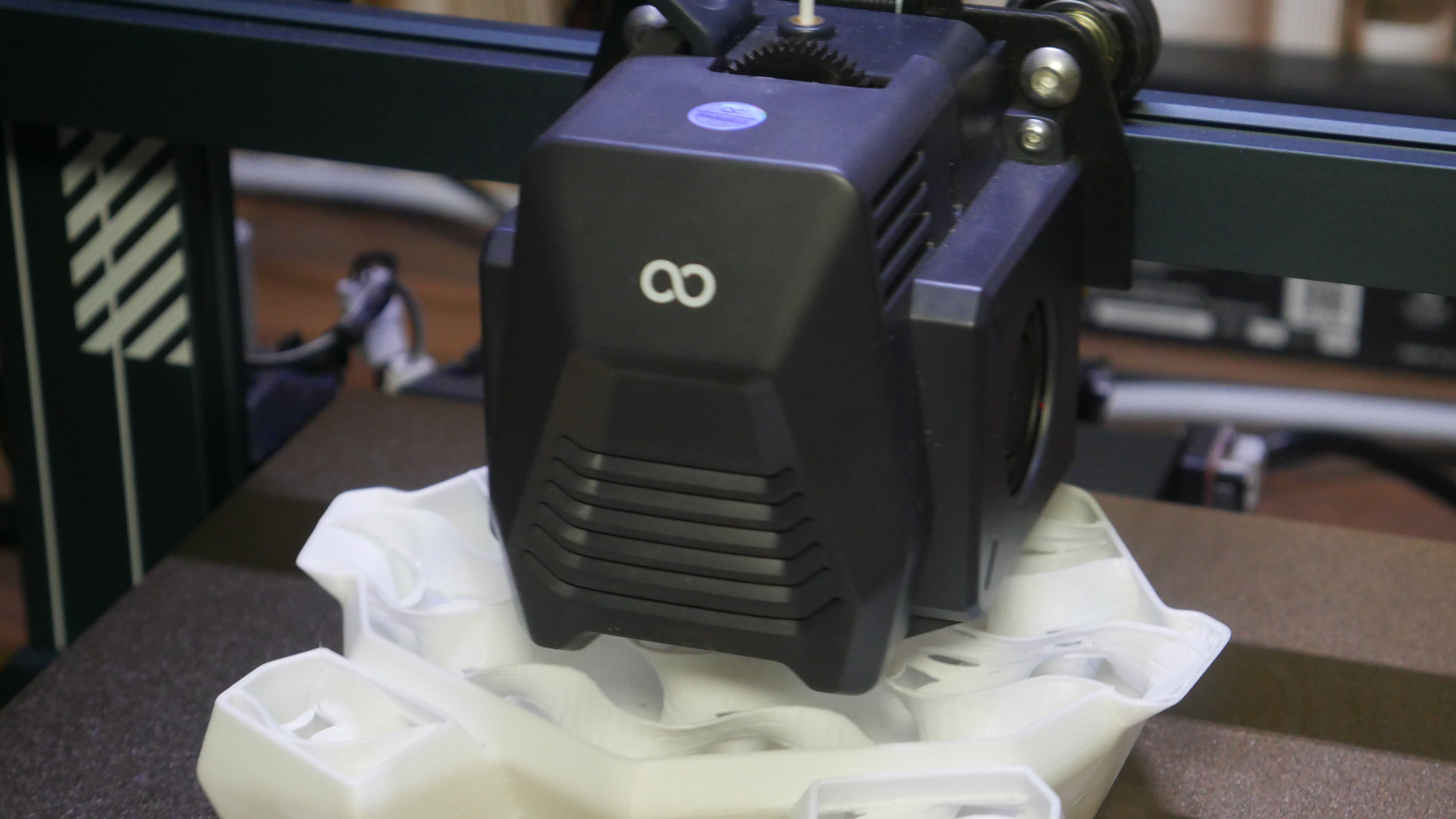
One of my favorite things about the Neptune 3 Pro is this new hotend and extruder setup. Gone is the strain gauge-based auto bed level sensor and PTFE lined hotend, replaced with an incredibly compact all-in-one setup with a compact hotend, a very constrained filament path, a 3:1 geared dual drive extruder, an inductive bed leveling probe, dual 4010 part cooling fans, and a small PCB to route all those connections through a single cable back to the motherboard. The actual hotend is a bit of a mixed bag; it is still PTFE lined, which limits safe temperatures to roughly 260c, and much less for extended use; this is also a consumable, thankfully Elegoo gives you a spare piece of PTFE in the spare parts box.
However, an all-metal heat break would allow you to print materials up to 300c without any degradation. A bi-metal heartbreak would allow you to do that whilst also exponentially cutting down the risk of heat creep. I want to think that Elegoo, or at least someone, is working on a bi-metallic heartbreak for the Neptune 3 Pro.
The extruder is great, but if the build plate is poor, you're still not going to want to use the machine, and thankfully Elegoo kept the texture PEI spring steel sheet from the Elegoo Neptune 3 here. This is a standard "ender 3 size" of 235x235mm, meaning that while you can't yet buy replacement bed plates from Elegoo, there are more than enough out there for you, I personally prefer the smooth sticker PEI over the textured stuff, as I find that PLA doesn't like to stick all that well to textured PEI, but these beds are easily removable so why not have multiples.
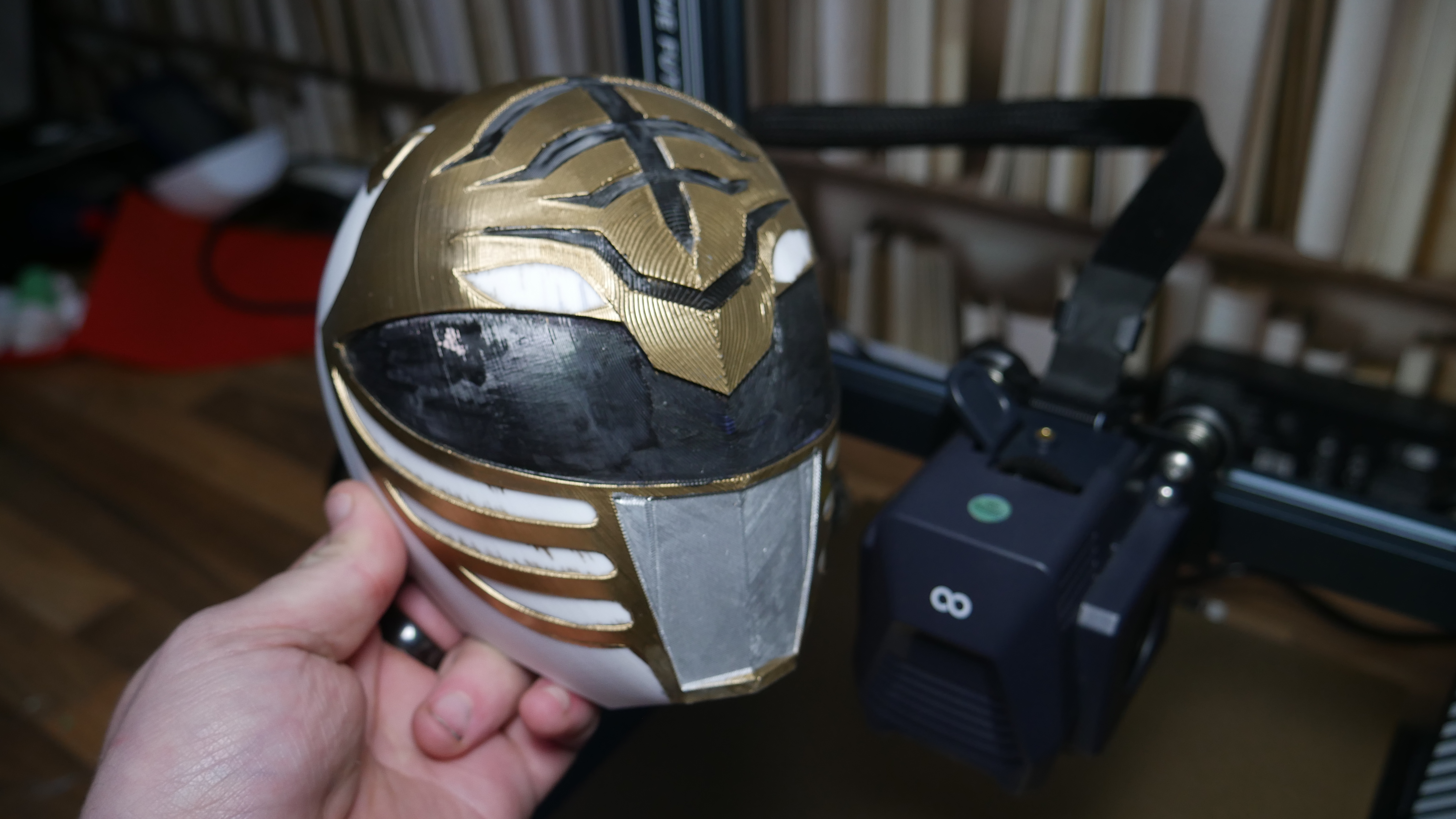
The other neat addition to the Neptune 3 Pro is the LED light bar at the top of the X-axis frame piece; At the same time, this is not always the most forgiving light (straight-down lighting is known to show print defects that are not otherwise visible), it does shine a light on the prints which are very nice to see and something I do miss on other printers that do not have it.
The next slightly underrated part of the Neptune 3 Pro that I love is the part cooling, and I know that sounds ridiculous, but print quality is influenced by many factors, one of which is part cooling. If you print too hot or too slow, you need to be able to resolidify the filament. To create good bridges, you need good part cooling, and the two 4010 fans on either side of the toolhead fill that role perfectly. At least on my particular unit, they really are not that loud, which is good when printing fast, as the Neptune 3 Pro can, you can keep good quality without burning your eardrums, which is always appreciated. The Neptune 3 Pro also has all the hotend connections on a small PCB, so if you need to replace those fans thankfully, it isn't too difficult.
Neptune 3 Pro: What you won't like
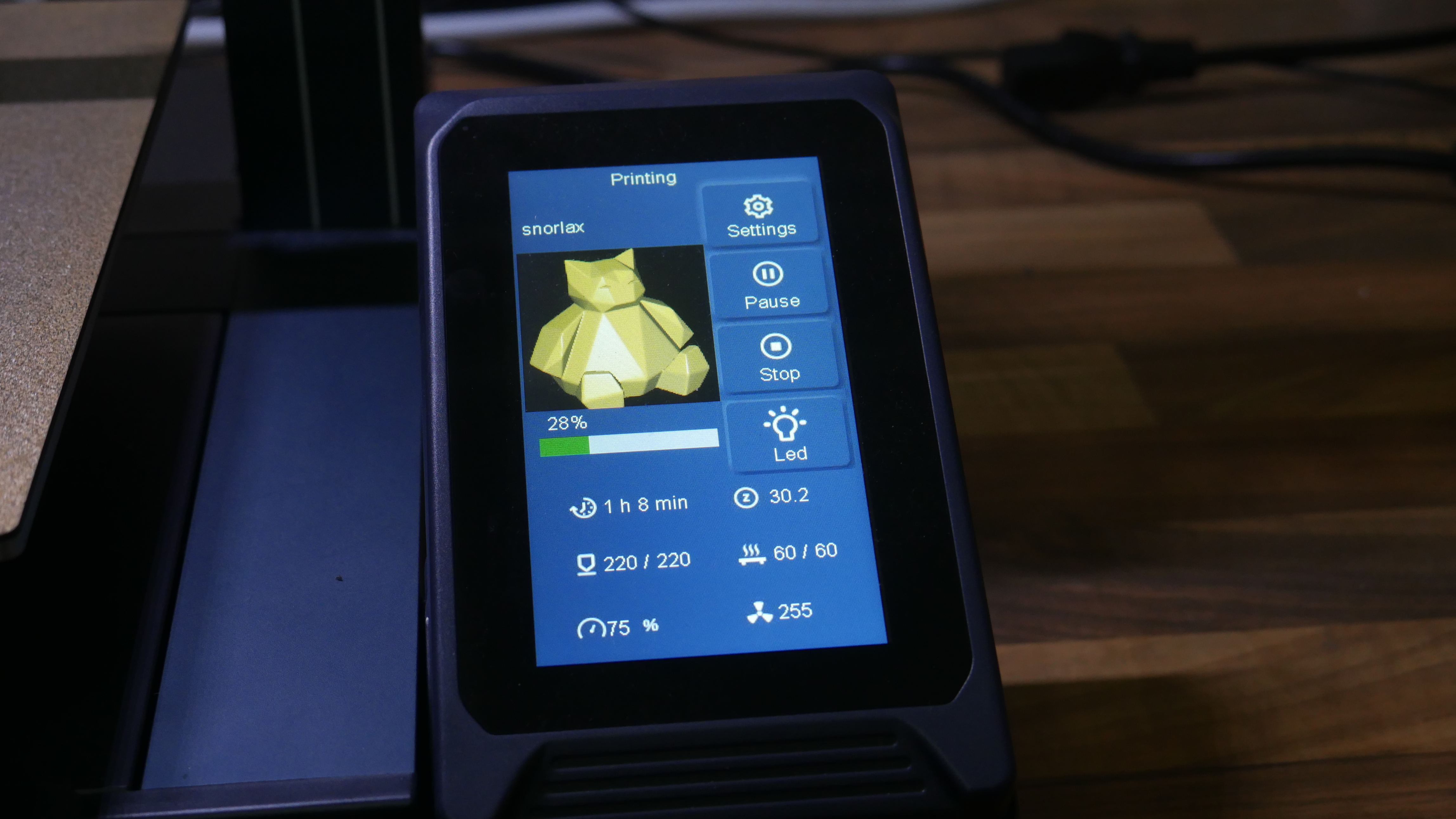
There really isn't all that much that I dislike about the Neptune 3 Pro; in fact, It is just about three things, and two of them are pretty small, so let’s get those out of the way first. The first thing that I dislike about the Neptune 3 Pro is that it is never truly silent; what I mean by that is that even when it is not printing, there are two fans that are always on, the one in the power supply unit and the one cooling the stepper motor drivers, and this is not needed, the PSU when under minimal load, such as sitting idle is creating next to no power, so this to me is just the sign of Elegoo choosing a cheaper power supply unit instead of one with a PWM controllable fan.
The other is the stepper motor driver cooling fan, and for a similar reason as before, if there is no power going through the stepper motors, such as them being locked and unpowered, they are creating no heat and therefore do not need to be cooled. The Neptune 3 Pro having these fans always on is not only audibly annoying but also shortens the lifespan of the fans. If they never turn off, but they do have a finite lifespan, you're basically forcing me to turn the machine off when not in use which is another, albeit small, barrier to print.
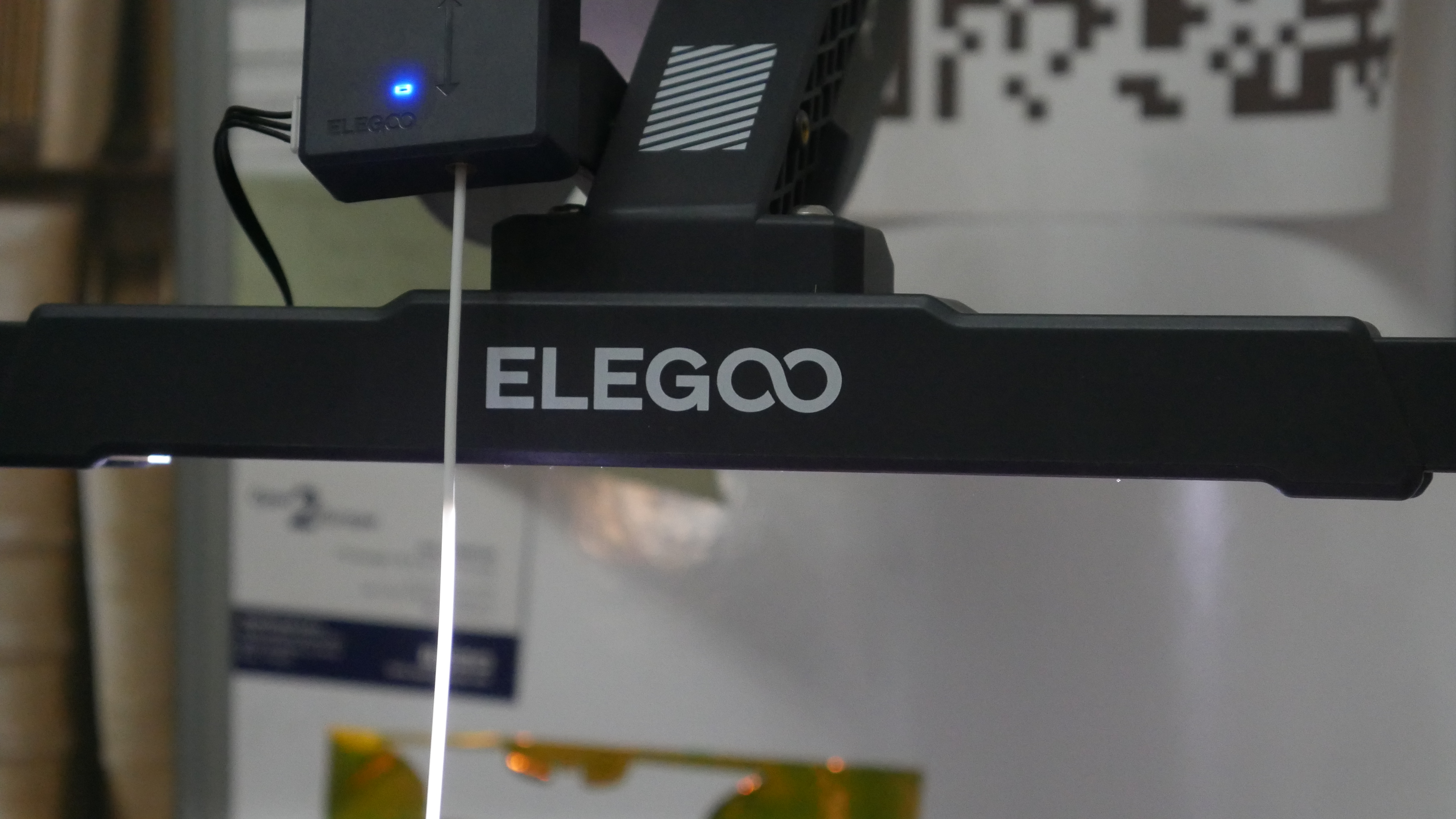
Another thing I personally dislike about the Neptune 3 Pro is the screen, whilst yes it is an objectively nice screen; the 4.3” size is nice, the capacitive touch interface is covered by a sheet of glass for once, also very neat, and it is able to be magnetically attached somewhere else, that is where the good things end, because this thing is an absolute chonk. Seriously there is enough space on the face of this small tablet to put a much larger 5.5” or larger screen in there.
Secondly, it is incredibly thick, much thicker than I feel it needs to be; there is no serious computing horsepower in there (just the standard STM32), there is no battery, and no wireless connectivity, but it is a good 20mm of so thick, for no real reason. Lastly, and this is incredibly petty, but the screen module connects to the base unit of the printer with a small coiled RJ11 cable, or, as we’ve come to know through the years, the telephone cable. The RJ11 cable looks weird, looks cheap, and looks incredibly out of place on this otherwise sleek machine; I just really dislike it.
The screen UI, whilst one of the nicer ones available, is not the best user experience available, I routinely hear a beep as if I have pressed it but without the actual action happening on screen, which is infuriating, so I turned the beep off for a short amount of time, however then I had no clue whether something had worked, so I relented and re-enabled the beep. Lastly, compared to the sleek integrated screen on the Neptune 2 series of printers, the Neptune 3 Pro (and Plus and Max) just feel like an afterthought; they’re magnetically coupled to a bracket that just screws to the side of the extrusion, the RJ11 cable, as stated looks like a cheap afterthought.
The last one is going to be an issue for some filaments more than others, but it is that there is excessive friction in the filament run-out sensor. This is mounted on the top of the X-axis frame on a swivel mount. The swivel mount is very useful and does help with the filament guiding at the extremities of the X-axis. However, the actual switch itself for the filament runout grips the filament just a little too much.
The Filament sensor grips things like the Colorfabb Vibers PLA, a rougher than normal filament but more brittle than others. The worst affected here is TPU; whilst the extruder can print 70A TPU as if it was nothing, the TPU itself is quite sticky and grippy, so any extra friction in the system will cause it to grab and stick. I often just disable the filament sensor in the printer or jam a small amount of filament in there to always make the printer think there is filament inside.
Neptune 3 Pro: The competition
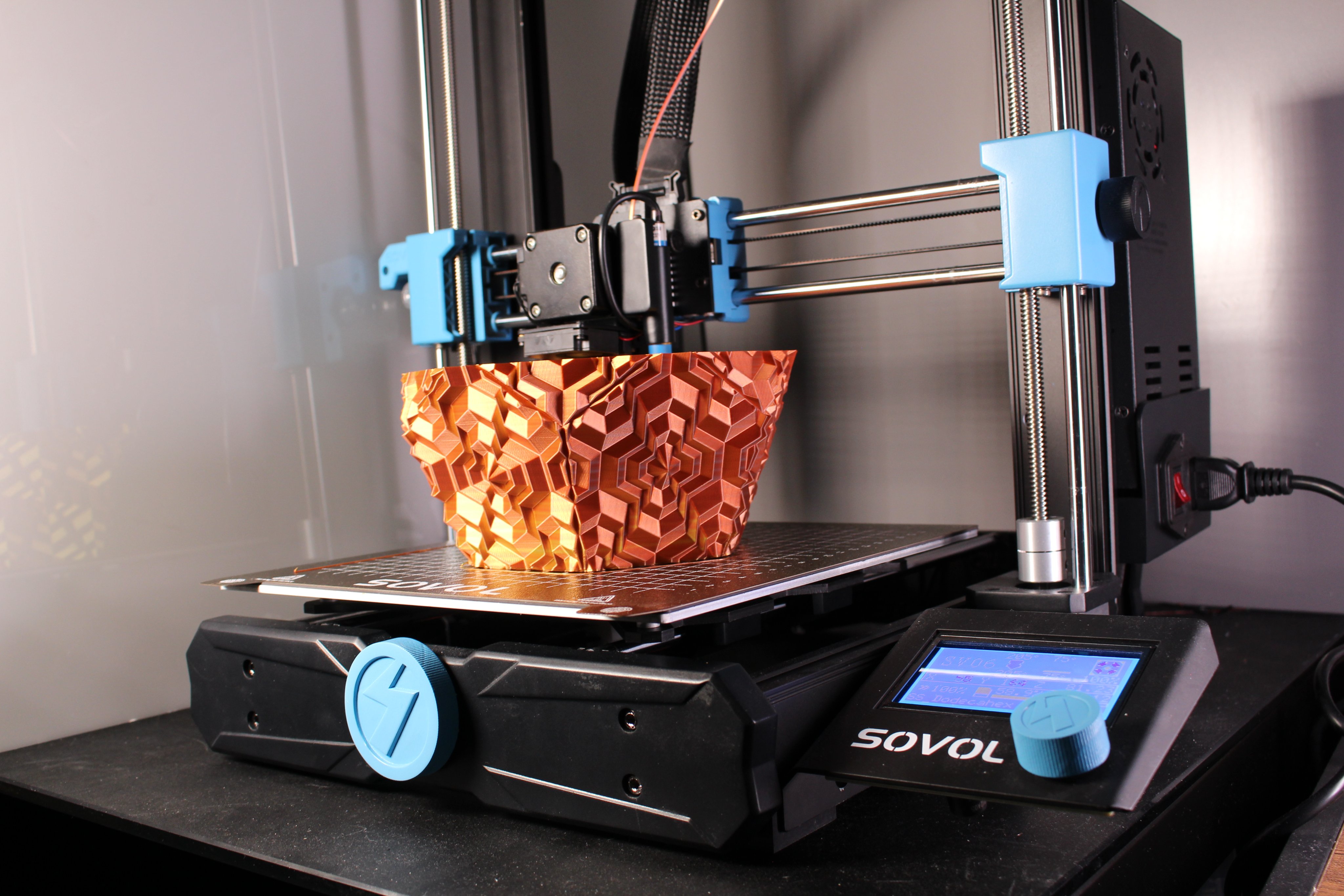
This is the biggest market for 3D printers, not just in this price range but also in this print volume. This was started by the Ender 3 in 2018 and continues to this day. Elegoo has many companies to contend with for your dollars here, including themselves. Whether it be from Creality, Sovol, or Elegoo themselves, Elegoo can’t sit on their laurels, and thankfully, they’re doing well.
Going with the simplest 1:1 answer, the Creality Ender 3 S1 Pro, this is the newest Ender 3 with a direct drive extruder, auto bed leveling, a flex plate, and a touch screen; this is also a whopping $480 dollars. The Ender 3 S1 Pro does have some benefits, including the all-metal hot end capable of 300c printing temperatures, as well as compatibility with Creality’s “Sonic Pad,” a device able to flash and control Klipper devices. However, it does have a minutely smaller 220x220x270mm build volume compared to the 225x225x280 on the Neptune 3 Pro; what really kills the Ender 3 S1 Pro is the price, though, coming in at over twice the price of the Neptune 3 Pro currently.
Next up is also from Creality, the Ender 3 V2 Neo. The Ender 3 V2 Neo, apart from being a mouthful to say, is a worse buy in every regard. The build volume is smaller at 220x220x250mm, and it is a bowden extruder with a single drive gear. A PTFE lined hotend, the screen, whilst large and full-color, uses a jog wheel instead of touch, and to top it all off, the Ender 3 V2 Neo costs $299, the same as the mythical retail price of this, and well above the $230 it is currently on sale for.
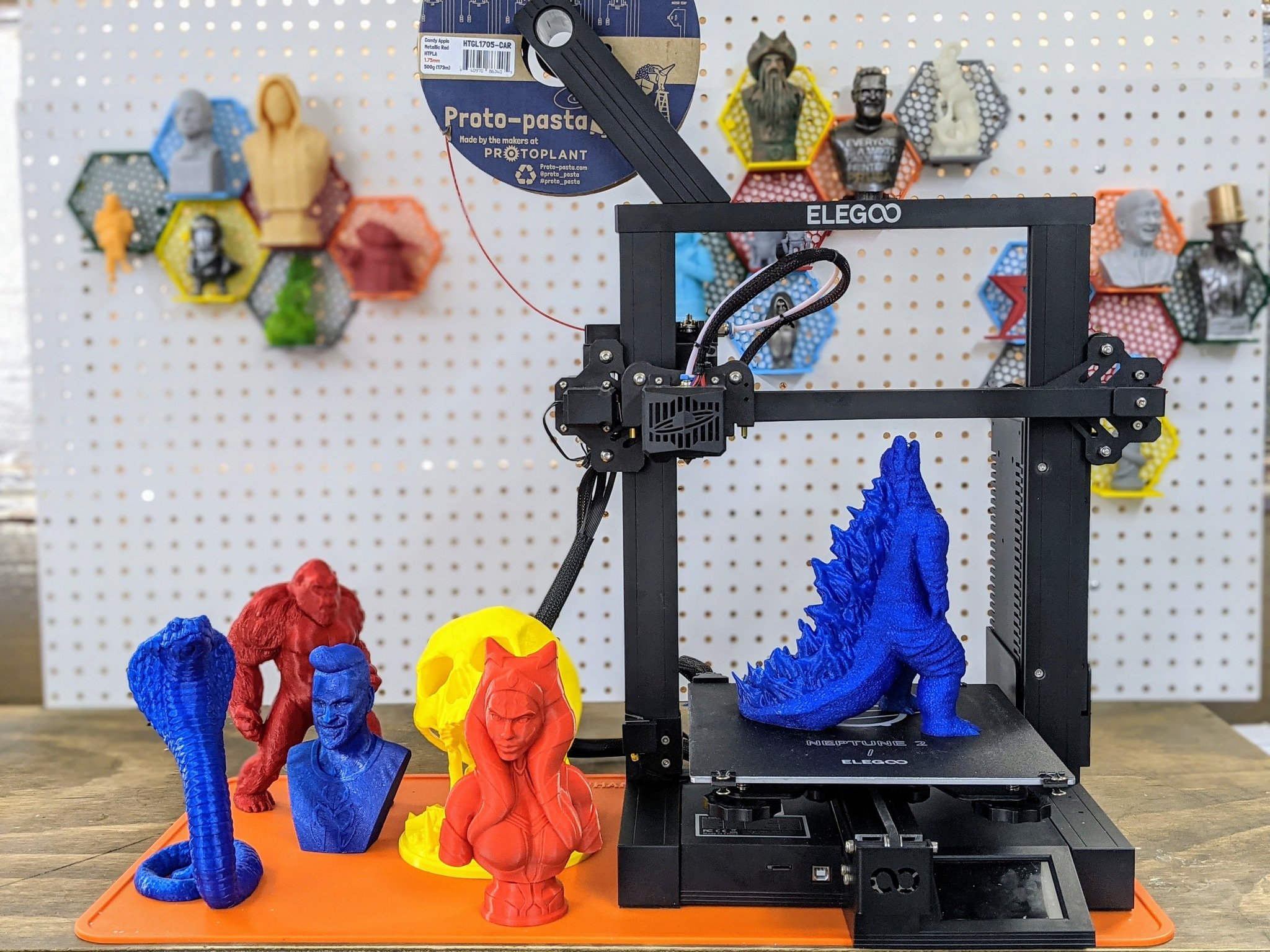
Next is competition from Elegoo itself, and the first one is one that I don't think is much competition; it is the Neptune 3. The Neptune 3 is a very similar printer to this, except that it doesn't have the LED light bar, it doesn't have the direct drive all in one hotend and it doesn't have dual part cooling fans, and it is just $20 cheaper at $209. The real competitor is the last generation Neptune 2S at $150. For your $150, you get a slightly smaller print volume at 220x220x250 and a PTFE-lined hotend. You get a bowden extruder, albeit metal with 2 bondtech gears, and a textured PEI spring steel plate. You lose out on automatic bed leveling and fully silent stepper drivers, but at the same time, it is only $150. YouTube personality Uncle Jessy has a print farm full of Elegoo Neptune 2Ss for use to fulfill his Etsy orders.
Lastly is the SV06 from Sovol; this is the most different of all the Ender 3 Style printers. It has a texture PEI build plate, it has an automatic bed level sensor, it has a direct drive hotend and extruder combo, and it has a build volume of 220x220x250. Where things get interesting are the details, yes, it has a direct drive hotend and extruder combo, but this is different from the others in that it uses a planetary gearbox to gear down the motor for more torque.
Instead of using V-wheels slotting into aluminum profiles for the motion platform, the SV06 uses 8mm hardened steel rods and LM8UU bearings. The only real downside for the SV06, and this is more of a personal preference for some people, is the screen used. It is the older 12864 full graphics LCD, which despite what its name implies, is a monochrome LCD, it is ancient, but it is simple and bulletproof.
Neptune 3 Pro: Should you buy it?
You should buy this if...
- You want great bang for your buck.
- You're comfortable building and maintaining i3 tyle printers
- You don't want to modify your 3D Printer
You shouldn't buy this if...
- You need a larger print volume than this offers
- You want to print incredibly fast
- You want a fully enclosed printer
The Neptune 3 Pro from Elegoo really is a return to form, in my opinion. The Neptune 2 was a standout, so much so that for the majority of the first year it was out, you couldn't buy one because it was in such high demand. Elegoo tried to capitalize on this success with the 2S, the 2D, and then the 3, all offering something different (all metal extruder and flex plate, 2 color printing, and auto bed leveling, respectively). However, they all saw little fanfare and still nothing close to the original Neptune 2; I think that the Neptune 3 Pro has the opportunity to rekindle that desire.
Because much like the Neptune 2 gave you an incredibly usable 3D printer for a price that was hard to ignore, the Neptune 3 Pro gives you an even more capable printer without a lot of the excessive fluff that other machines bolt-on, and they managed to keep the price low.
Elegoo could be onto a real winner with the Neptune 3 Pro, and they’ve also announced they’re expanding the lineup with the Neptune 3 Plus, a 320x320x400mm version of this printer, as well as the Neptune 3 Max, a truly monstrous 420x420x500mm behemoth. I will be intrigued to see if both of those still come with standard flow hotends and 0.4mm nozzles, but until then, the Neptune 3 Pro is one of the best 3D printers that I can wholeheartedly recommend.

